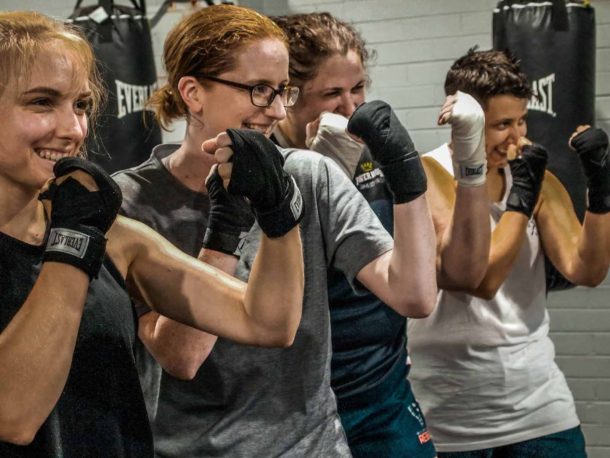Summary
The below figures are a very rough guide and will vary from person to person
- Developing Correct form and Technique | Machines – a few sessions, Barbells and Dumbbells | anywhere from a month or two to 12 months depending on the complexity of the movement
- Losing weight | 500 grams per week
- Putting on muscle | 1-1.5kgs per year
If you’re not sure how long it will take to lose weight, put on muscle or just feel comfortable in the gym, we’re going to give you some rough timelines. Please note, there are a number of factors that impact someone’s progress so use this as a guide only, don’t treat it as gospel ⛪
Developing Correct Form and Technique
It’s going to take some time to learn how to do each movement correctly. For most machine based exercises it will probably only take a few sessions on each piece before you’re comfortable using them. Barbells and dumbbells can take a lot longer however, as the movements are less restricted and require you to execute the correct form throughout the movement (as opposed to machines where the range of motion is locked in). Simple barbell and dumbbell movements (think bicep curls, rows and shoulder presses) might only take a month or two to master.
More complex compound lifts like the squat, bench press and deadlift can take anywhere from 3 – 12 months to master. It’s also important to note that with these types of lifts there are progressions that can be used along the way to help you get the hang of things.
Losing Weight
Weight loss is a function of calories in vs calories out. Calories in is how much food you’re eating and calories out is how many calories you’re burning (which weight training and cardio sessions can impact). If you aim for a caloric deficit of 200-300 calories per day that’s a good starting point. In terms of how much you can lose, it all depends on how much excess weight you’re starting with. A good goal for most with some excess weight to lose is about 500 grams per week. So a 5kg weight loss goal would take about 10 weeks.
Putting On Lean Muscle Mass: The Marathon
This is by far the hardest part. At the start your progress is likely to be quick (i.e. you’ll be seeing strength gains almost every week) but expect to plateau within 12 months depending on how your body responds to the training. Newcomers can expect to gain around 1 to 1.5 kilograms of muscle mass in a year. Yes, it sounds slow.. And yes, it is slow 😅 so aiming to put on 10 kgs of muscle is a great goal, but this one would be measured in years, not months. Apart from consistent training, the other factor that’s going to impact how quickly you grow is your nutrition. You’ll need to be eating at enough of a caloric surplus to help your body and your muscles grow, but remember, past a certain point the excess calories will just be stored as body fat. Monitor your calories closely and start with a surplus of 200-300 per day to see how your body responds.
External Factors That Influence Your Results: Life Beyond the gym.
Your lifestyle outside of the gym plays a pivotal role. Sleep is the ultimate recovery booster, with 7-9 hours per night being the golden zone. Stress is the enemy, as it increases cortisol levels which over an extended time can hurt your progress. Macros also play a part as you progress.
Biggest Roadblocks on the Path to Progress
Inconsistency: Yes it’s that simple. Just do the boring work, stay consistent and don’t let a day off turn into a week off. Treat your gym time like you would an appointment. Schedule it and stick to it, no excuses!
The comparison trap: Everyone’s journey is unique. Celebrate your victories, whether they’re big or small, and stay focused on your path. As the saying goes, comparison is the thief of joy.
Nutrition: Not getting a handle on nutrition is a huge problem for most. In a nutshell, eat healthy, unprocessed foods, get in plenty of fruit and veg and stick to water for your drinks. Be clear about your goal – if it’s to lose weight, ensure that you’re in a caloric deficit, and if your goal is to gain weight then ensure you’re in a caloric surplus.
So, the million-dollar question: how long before you see results? It’s the usual ‘it depends’, but by knowing the factors that influence progress and using the above timelines as a guide, at least you have an idea of what to expect and what to look out for 🙂 Stay consistent, stay motivated, and take it one day at a time.



